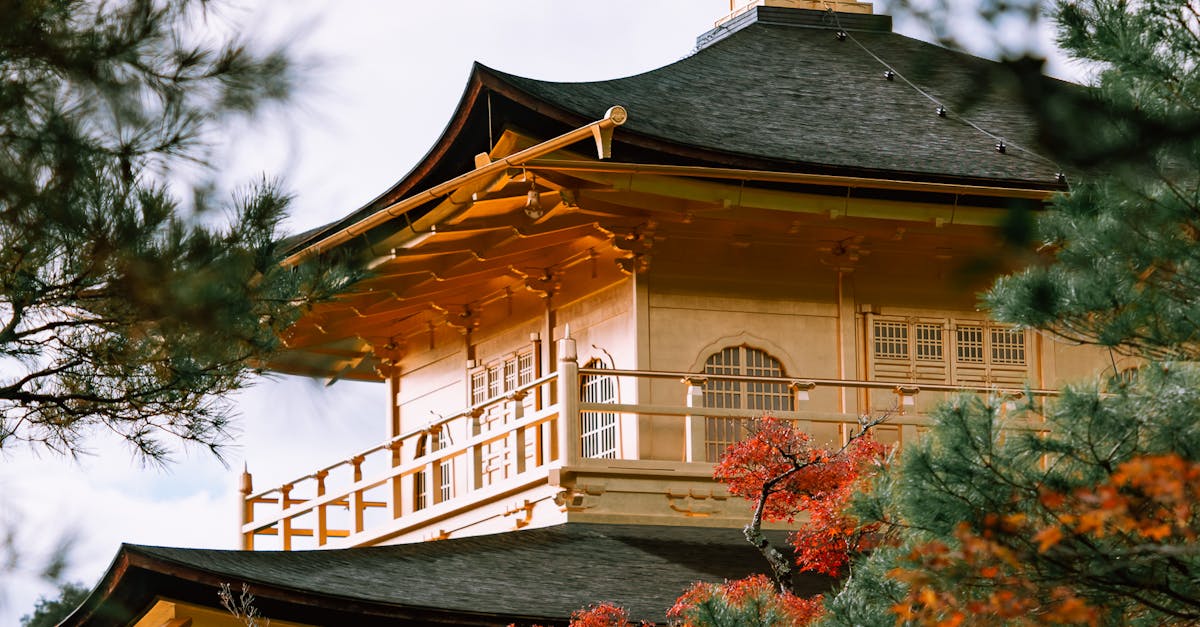Paella's History
February 10, 2025

When it comes to iconic dishes that embody the heart and soul of a culture, paella undoubtedly shines as a masterpiece of Spanish cuisine. This delectable dish, traditionally cooked in a wide, shallow pan and brimming with a symphony of flavors, has a rich history that dates back centuries.
At its core, paella is a dish that celebrates the land and sea of the Valencia region in Spain. The origins of paella can be traced back to the 18th century, where it was born out of a confluence of diverse cultural influences. Originally cooked by farm laborers over an open fire in the fields, paella was a humble yet flavorful meal that combined ingredients readily available in the region, such as rice, tomatoes, and beans.
Essentially, paella is a reflection of Spain's vibrant culinary heritage, blending Moorish, Roman, and indigenous flavors into a single, magnificent dish. Over time, paella evolved to incorporate a variety of proteins, including chicken, rabbit, and seafood, adapting to suit different tastes and preferences.
Generally, overall, paella has become a symbol of conviviality and togetherness, often prepared for special occasions and gatherings with loved ones. The communal aspect of paella, where everyone gathers around the pan to savor the aromatic medley of ingredients, is an integral part of its charm.
Fundamentally, the key to a delicious paella lies in the careful balance of flavors and the slow, patient cooking process that allows the ingredients to meld together harmoniously. Each region in Spain has its own variation of paella, with unique ingredients and cooking techniques that reflect the local terroir and culinary traditions.
Following this rich tapestry of influences and culinary evolution, it is interesting to note the impact paella has had beyond Spain's borders. The dish's popularity has transcended cultural boundaries, captivating the palates of food enthusiasts worldwide. Its versatility in ingredients and preparation methods has allowed it to adapt to various regional tastes, making it a celebrated dish on menus across the globe.
In particular, the vibrant colors and aromas of a well-prepared paella evoke a sense of festivity and joy, making it a favorite choice for festive gatherings and celebrations. The artistry of layering flavors and ingredients in the pan creates a visually stunning dish that is as pleasing to the eyes as it is to the taste buds.
Moreover, the traditional way of cooking paella over an open flame adds a subtle smokiness to the dish, enhancing the overall dining experience. The unmistakable aroma that wafts through the air as the ingredients slowly cook to perfection is a testament to the time-honored culinary traditions that have shaped paella into the beloved dish it is today.
Furthermore, the act of sharing a steaming plate of paella with friends and family fosters a sense of community and connection, underscoring the dish's role as a symbol of togetherness and shared joy. The ritual of gathering around the pan, serving up generous portions, and savoring each flavorful bite creates lasting memories that go beyond just a meal.
Indeed, paella's journey from a humble peasant dish to a globally acclaimed culinary masterpiece is a testament to the enduring appeal of simple yet wholesome ingredients cooked with love and care. Whether enjoyed on a sun-soaked terrace overlooking the Mediterranean or in a bustling urban restaurant, paella continues to capture the hearts and appetites of food lovers everywhere.

The Evolution of Paella
It is worth noting that as paella continues to evolve and spread its influence globally, chefs and home cooks alike have put their own spin on the traditional recipe, incorporating new and exciting ingredients. From chorizo and artichokes to squid ink and peas, the possibilities for creativity with paella are endless.
The beauty of paella lies in its versatility, allowing for a myriad of interpretations while still retaining its essence as a hearty and flavorful one-pan dish. Whether prepared on a sandy beach in Valencia or in a bustling kitchen in New York City, the spirit of paella remains unaltered – a dish that brings people together in a celebration of food and community.
Despite the various modern adaptations, the core principles of paella remain unchanged – a dish that honors tradition, local ingredients, and the joy of sharing a meal with loved ones. As paella continues to gain popularity worldwide, it serves as a delicious reminder of the rich culinary heritage of Spain and the enduring appeal of a well-crafted dish that transcends borders and cultures.
In this light, paella emerges not just as a dish but as a cultural emblem, intertwining history, tradition, and flavors to create a culinary masterpiece that resonates across borders. Its evolution from a simple peasant meal to a globally cherished delicacy showcases the enduring power of food to unite people and celebrate shared experiences.
As paella continues to enchant taste buds worldwide, it exemplifies the essence of gastronomic artistry passed down through generations. From the coastal shores of Spain to bustling kitchens in far-flung corners of the world, the legacy of paella lives on through each flavorful grain of rice, each savory bite shared among loved ones.
Altogether, paella stands as a beacon of Spain's culinary prowess, representing a harmonious blend of history and innovation, tradition and adaptation. Through its vibrant colors, tantalizing aromas, and communal spirit, paella encapsulates the joy of gathering around a shared meal, savoring each moment with those who matter most. So, the next time you indulge in a steaming plate of paella, remember the centuries of heritage and love woven into every mouthful, and savor both the dish and the story it tells.

Title
I'm a paragraph. Click here to add your own text and edit me. It's easy.

Title
I'm a paragraph. Click here to add your own text and edit me. It's easy.

Title
I'm a paragraph. Click here to add your own text and edit me. It's easy.


